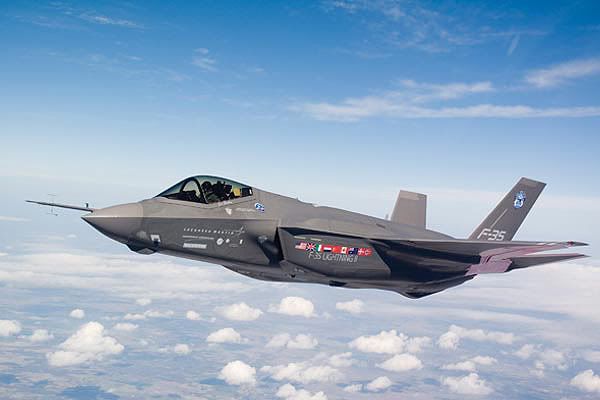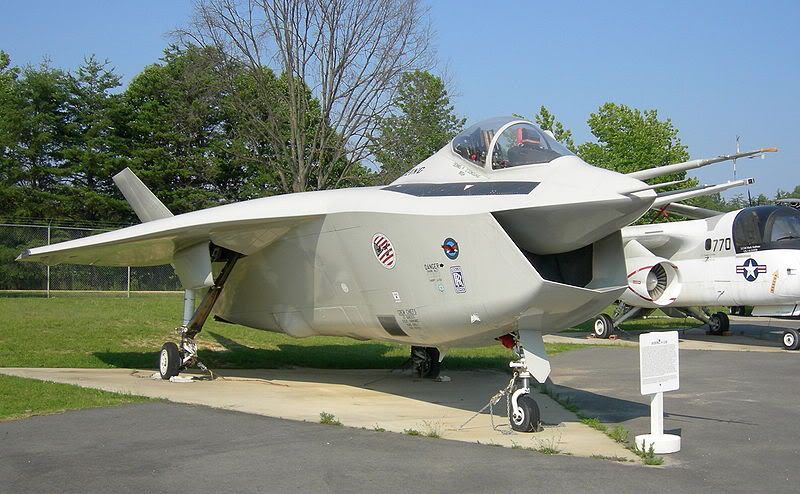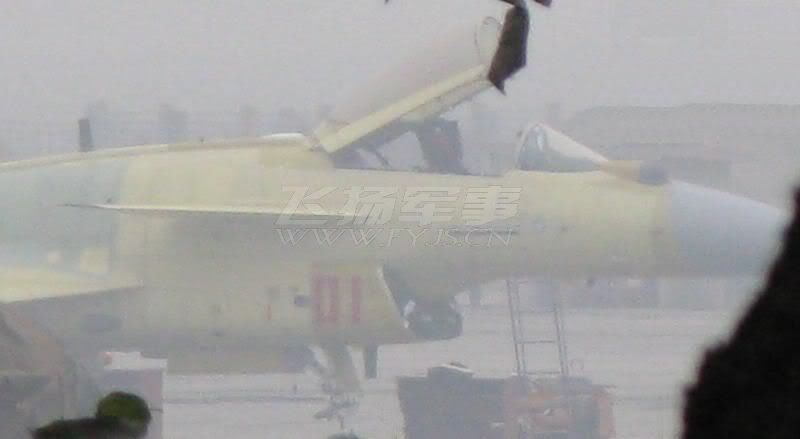It is very hard for me to come up with a single favorite. But if I force myself, I have to come down to a plane that never made it to combat: the Boeing B-47 Stratojet.
When I was a kid in the 1970s, the libraries had a lot of '50s vintage books on airplanes with a heavy Cold War emphasis. Of course the B-52 was the star, the big bruiser with the eight engines, vast wings and massive undercarriage. But there was another plane that caught my attention, a slim, sleek bomber with graceful swept wings and a bubble canopy like a fighter. Then I caught the movie
Strategic Air Command on TV one afternoon (they used to show old movies instead of infomercials and judge shows!), and was intrigued by the scene where the general gives B-36 pilot Jimmy Stewart a sneak peek at SAC's new jet, the B-47, which is revealed with much drama in a hangar that is lit just enough to highlight its graceful curves and angles. Then Stewart's squadron starts training in the new bomber, and they take off one after the other in long clouds of rocket-assist smoke. I was captivated by this beautiful jet, which seemed to embody an time when the "jet age" was brand new and exciting, like science fiction come to life.
Later I found out what an important aircraft the B-47 had been, pushing the envelope of aeronautical design and engineering in the late '40s, and laying the groundwork for what would become the Boeing 707, the prototype of the modern jetliner.
Runners-up for favorites are:
Boeing B-29: Big, ambitious and sophisticated, the pinnacle of US airpower in WW2.
Vought F4U Corsair: Long cowling and massive prop betray the power of this unmistakable bent-winged workhorse, beloved by aviators and ground-pounders alike.
Bell UH-1 "Huey": Not the original air mobility helo, but quickly became the best. Handled every mission they could think up in Vietnam.
De Havilland Mosquito: The sleek and fast wooden wonder that took on some of the most dangerous missions of the war.
It's true, the Navy tested the C-130 as a potential Carrier Onboard Delivery aircraft, however, the aircraft was rather cumbersome on deck and ate a ton of deck space. Grumman's C-2 Greyhound subsequently was ordered as the Navy's COD aircraft, and later as the E-2 Hawkeye would become a carrier-based AWACS aircraft.
The original project was for a replacement for the E-1, which became the E-2. The Greyhound was an offshoot, just as the Trader was an offshoot of the Stoof. E-2's were in the fleet for a year or two before the C-2's.
--Justin






 I hate that it's only been like one attempt at a Swedish jet fighter movie. And naturally since Sweden is the "every movie has to be about relations and feelings, unless it is Beck crime movies, then it needs to be predictable and have bad lines"-country when it comes to film, the fighter pilot in the movie breaks his neck 25 minutes in, and the rest of the movie has almost no beautiful Viggen's in it!
I hate that it's only been like one attempt at a Swedish jet fighter movie. And naturally since Sweden is the "every movie has to be about relations and feelings, unless it is Beck crime movies, then it needs to be predictable and have bad lines"-country when it comes to film, the fighter pilot in the movie breaks his neck 25 minutes in, and the rest of the movie has almost no beautiful Viggen's in it! 







